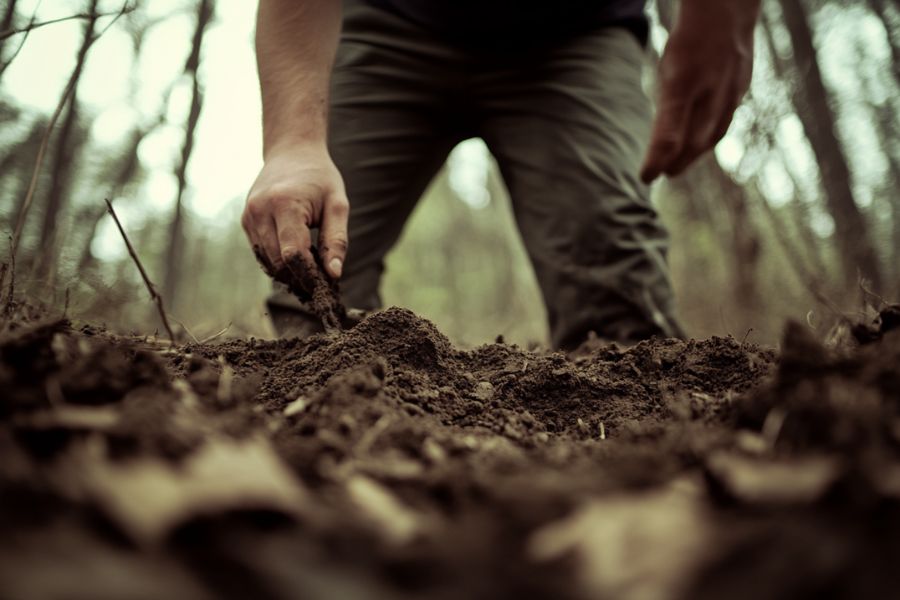From the Michigan border in the north to the Ohio River in the south, and from the Wabash River in the west to the Ohio state line in the east, Indiana is a gem hunter’s paradise.
While not traditionally known for diamonds, the Hoosier State holds surprising potential for these precious stones.
We have done the research to bring you the most promising locations for diamond hunting. You don’t have to do the hard work, saving you time and energy in your quest.
Get ready to explore the best spots Indiana has to offer for uncovering these rare treasures.
How Diamond Forms Here
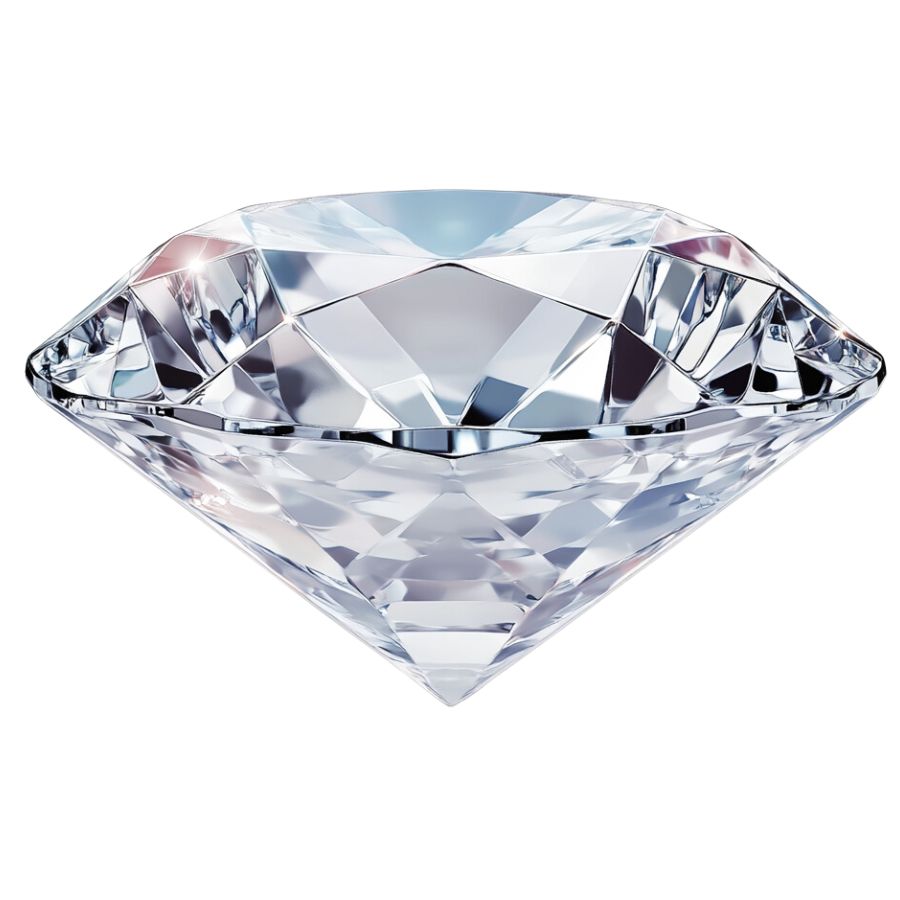
Diamonds form deep within the Earth, about 90 to 200 kilometers below the surface, where conditions are extreme.
Here, carbon atoms are subjected to intense heat—around 900 to 1,300 degrees Celsius—and immense pressure, about 45 to 60 kilobars. This environment causes the carbon to crystallize into diamond structures over millions to billions of years.
Over time, erosion and weathering expose these stones, making them accessible for mining.
What’s amazing is that each diamond’s journey from deep within the Earth makes it unique, with its own shape, size, and clarity.
The Types of Diamond
Diamonds are classified into various types based on their structure and color. Here are some of the popular types of diamond:
Black Diamond
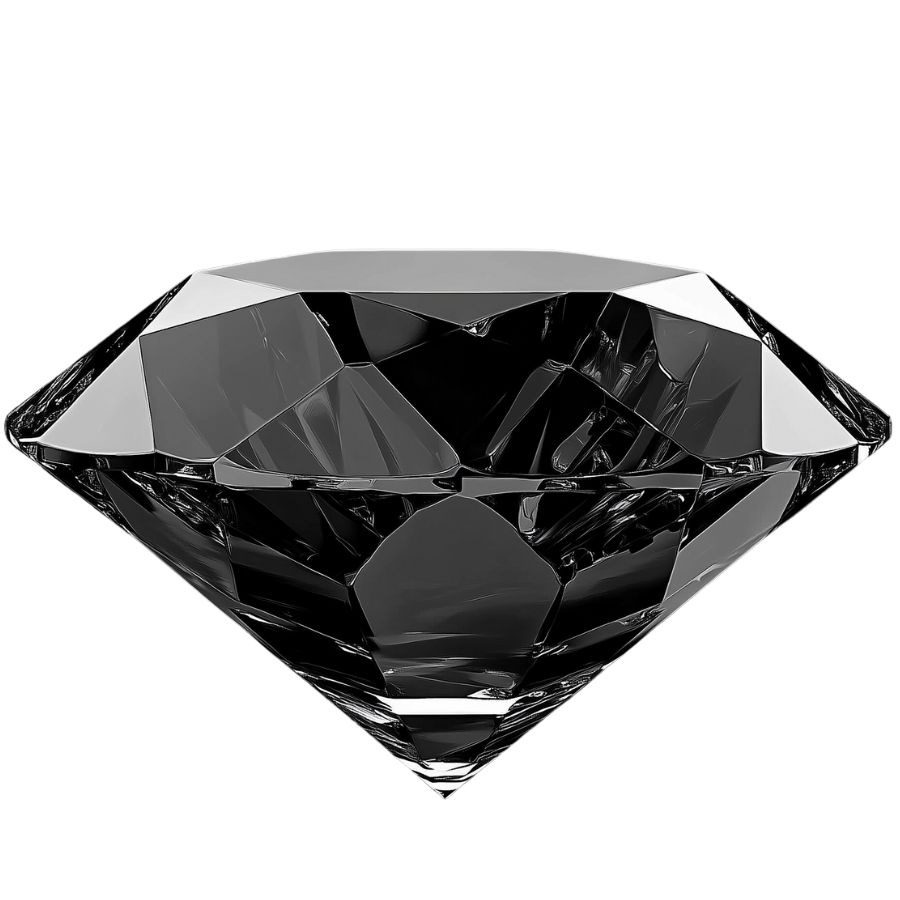
Black diamonds, also known as carbonados, are truly one-of-a-kind. Unlike their clear cousins, these stones are opaque and have a matte finish.
They don’t sparkle in the traditional sense but have a unique, mysterious charm all their own.
What makes black diamonds special is their age and formation. Most are believed to be 2.6 to 3.2 billion years old, making them some of the oldest gemstones on Earth.
Their dark color comes from numerous inclusions and the presence of graphite or other minerals.
Recently, a massive black diamond called “The Enigma” made headlines. Weighing 555.55 carats, it showcases the growing interest in these unusual stones.
Yellow Diamond
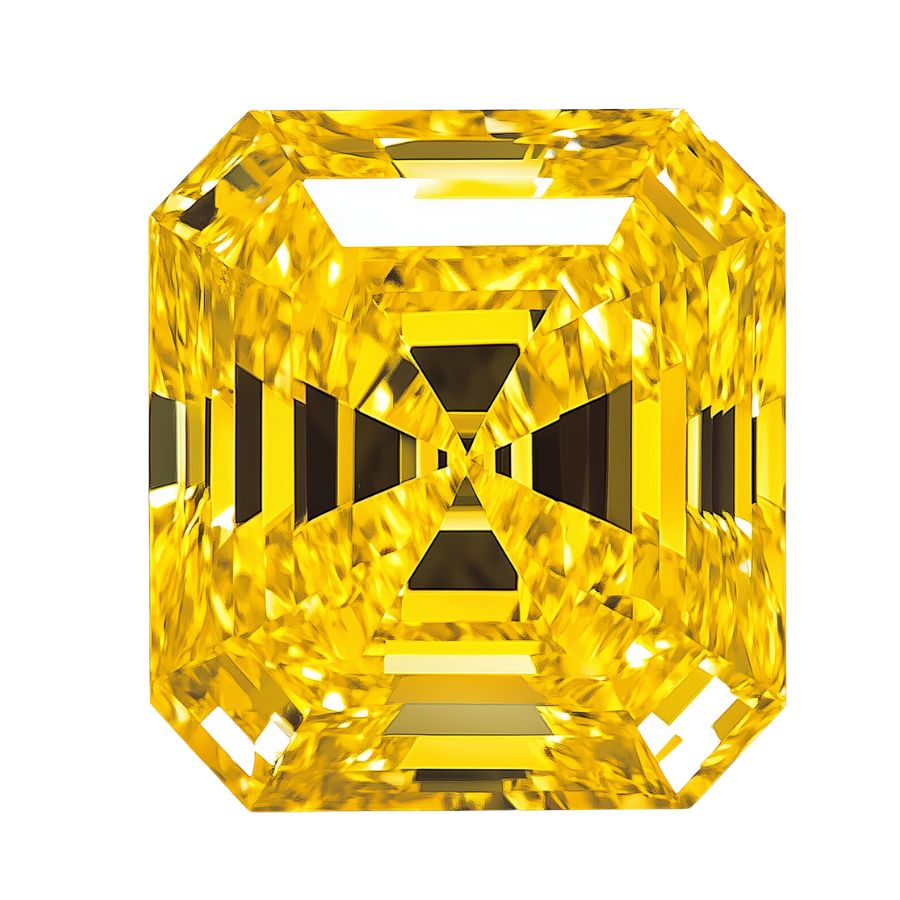
Yellow diamonds shine with a vibrant, sunny hue. Their color ranges from light yellow to deep, intense shades.
This beautiful color comes from nitrogen atoms in the diamond’s structure. These atoms absorb blue light and reflect yellow, giving the stone its unique appearance.
Unlike clear diamonds, yellow diamonds are graded based on their color intensity. The deeper and richer the yellow, the more valuable the stone. This grading system is different from the one used for colorless diamonds.
Blue Diamond
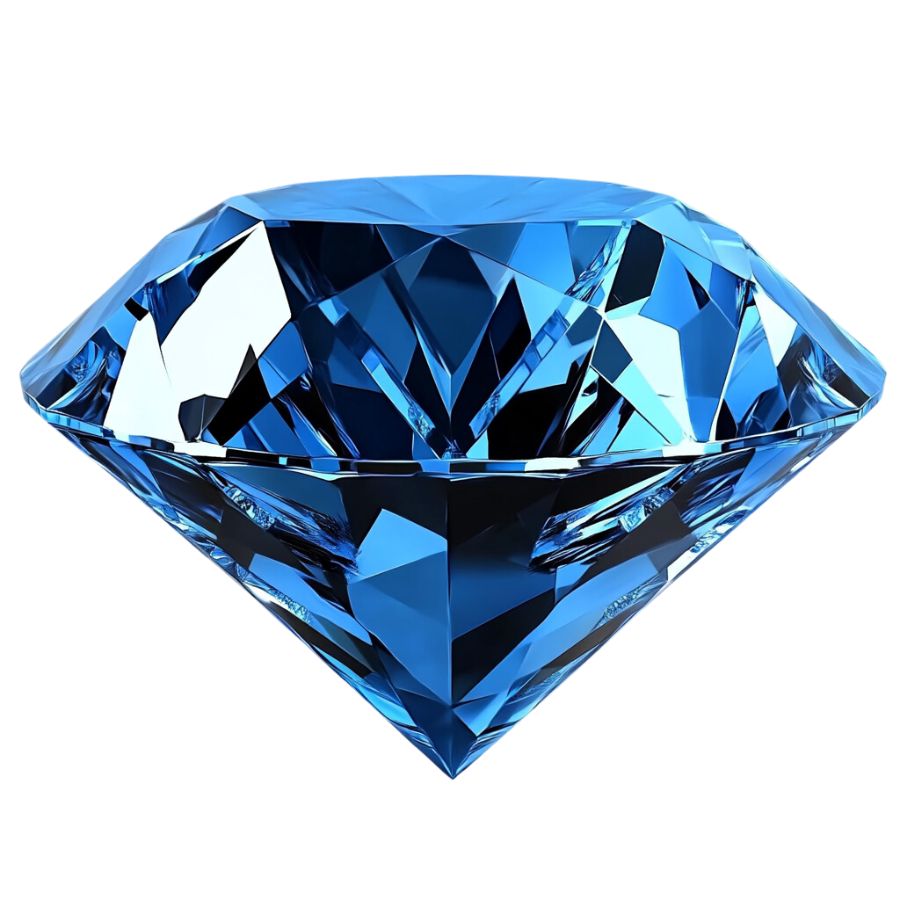
The color of the blue diamond can range from a soft, icy blue to a deep, vivid shade. This striking blue comes from boron in the diamond’s crystal structure. It’s a rare occurrence in nature, making these diamonds very uncommon.
One cool thing about blue diamonds is how they react to ultraviolet light. Many of them show a unique glow called fluorescence. This can make their color even more impressive under certain lighting.
Blue diamonds have some famous examples. The Hope Diamond is probably the most well-known. It’s known for being the largest diamond weighing 45.52 carats. It’s current value is estimated to be US$200–350 million.
Red Diamond
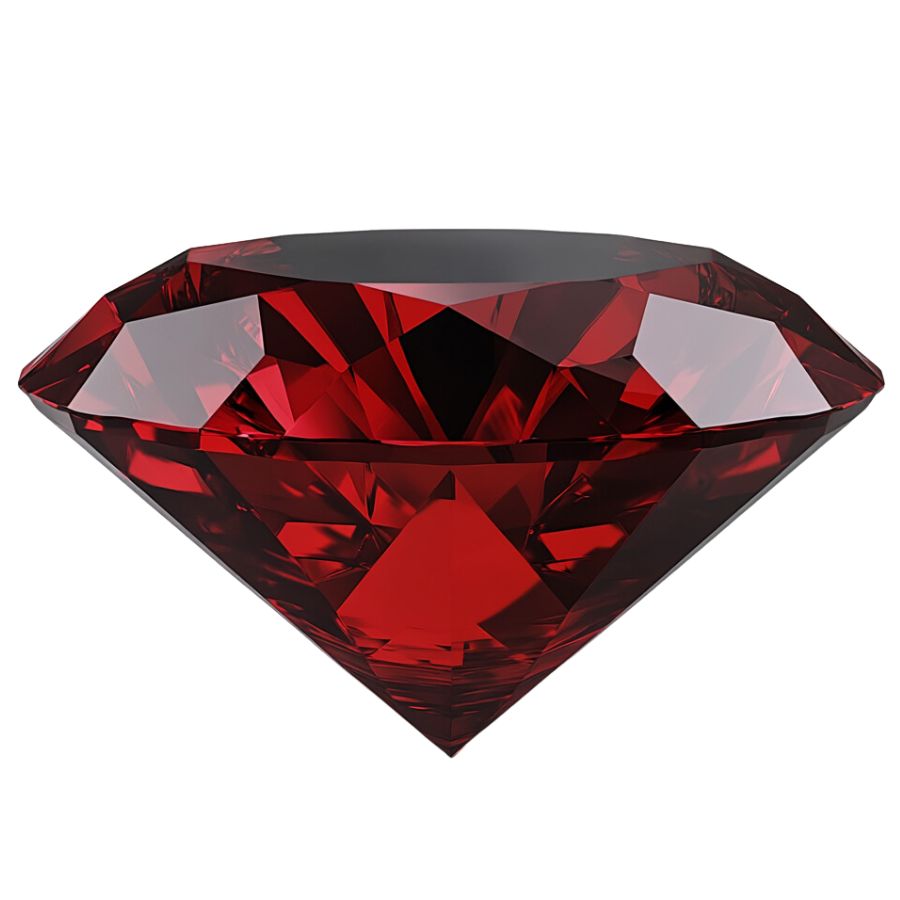
Red diamonds are incredibly rare and highly prized. Their distinct red color comes from structural imperfections in the diamond’s crystal lattice, not from chemical impurities like other colored diamonds.
These diamonds are so rare that very few have ever been found. Each discovery of a red diamond is a significant event in the gemstone world.
Their rarity makes them even more valuable than pink or blue diamonds, which are already considered extremely precious.
Some famous red diamonds have captured public attention. The Moussaieff Red from Brazil and the Kazanjian Red Diamond from South Africa are notable examples.
In 1987, a red diamond (Hancock Diamond) sold at auction for a record-setting $927,000, highlighting the extraordinary value placed on these rare gems.
Pink Diamond
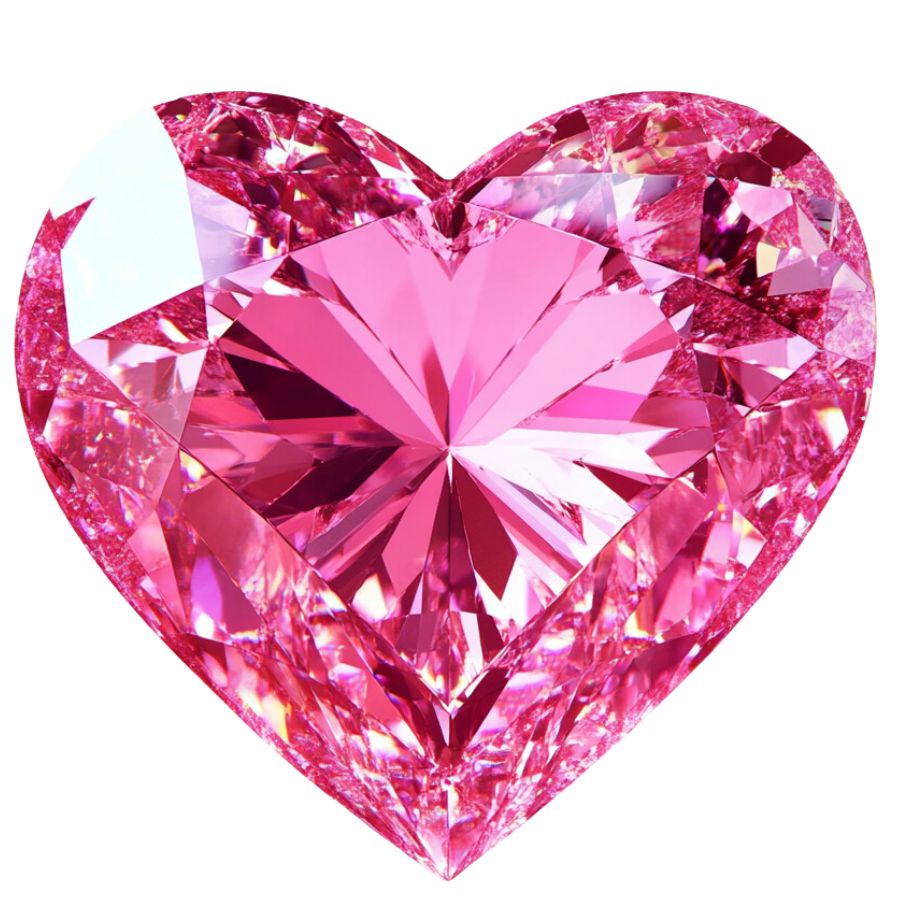
Pink diamond’s color can be a soft, delicate pink or a deep, vivid rose. What’s interesting is that scientists aren’t entirely sure why they’re pink. It’s thought to be due to a twist in their crystal structure, not because of any specific element.
These diamonds are incredibly scarce. For every million carats of rough diamonds mined, only one carat might be a pink diamond. This rarity makes them highly prized by collectors and jewelers.
Even small pink diamonds can be worth a lot because of their rarity. They’re often used in high-end jewelry, where their unique color makes a big impact.
Green Diamond
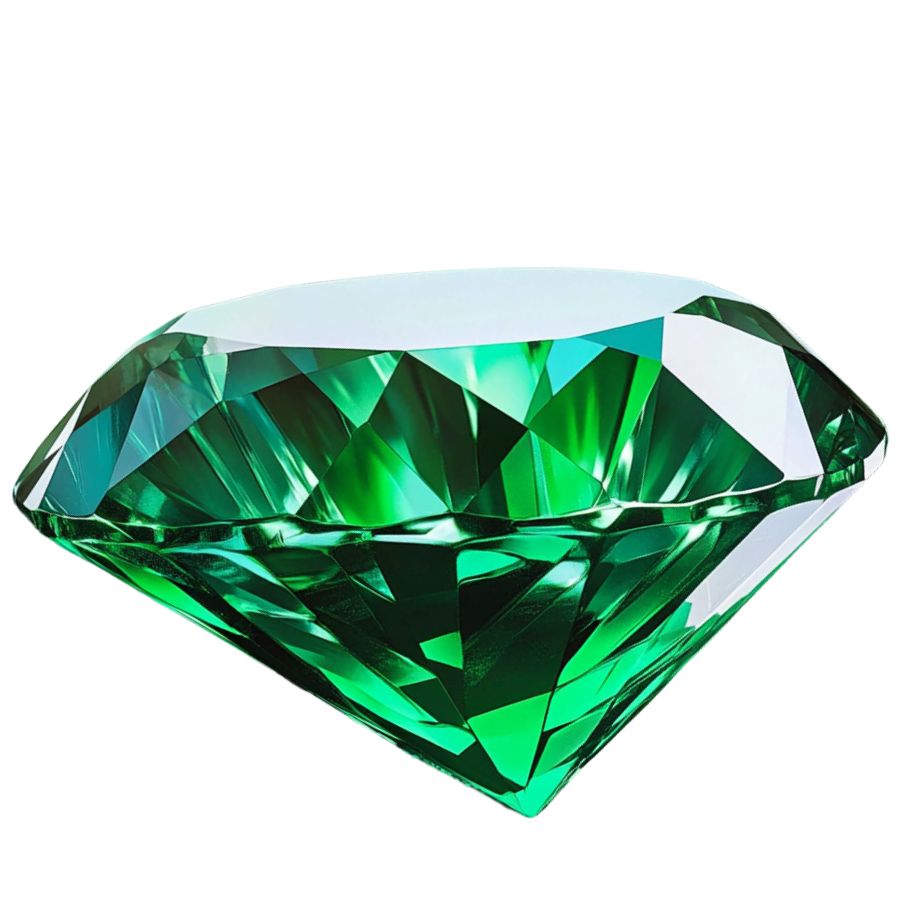
Green diamonds are some of the most unusual and unique colored diamonds. Their color can range from a light mint to a deep forest green
What makes them special is how they get their color. It’s not from a chemical element, but from exposure to natural radiation over millions of years.
This natural coloring process is incredible. It happens when diamonds are near radioactive rocks deep in the earth. The radiation changes the diamond’s crystal structure, creating the green color.
Green diamonds often show unique light effects. Some might have a strong glow under certain lights, adding to their allure.
What Rough Diamonds Look Like
Rough diamonds can be challenging to identify. Below are a few proven techniques that will make it easier for you to identify the rough diamond.
But real quick before we get into the specifics:
DON'T MISS OUT ON ANY GREAT FINDS!
While you're out searching for Diamonds you're going to find a lot of other interesting rocks and minerals along the way. The last thing you want to do is toss out something really interesting or valuable. It can be easy to misidentify things without a little guidance.
We've put together a fantastic field guide that makes identifying 140 of the most interesting and valuable rocks and minerals you will find REALLY EASY. It's simple to use, really durable, and will allow you to identify just about any rock and mineral you come across. Make sure you bring it along on your hunt!
Check for a Glassy or Waxy Luster
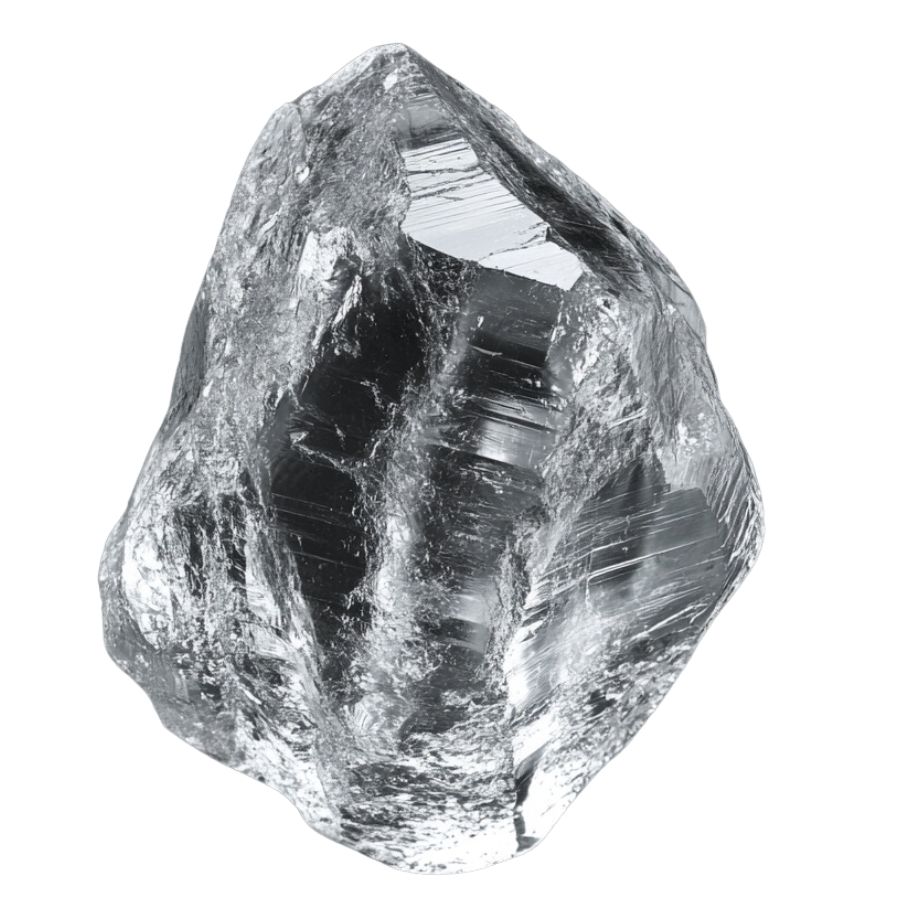
One of the most noticeable features of a rough diamond is its luster. Uncut diamonds often have a glassy or waxy appearance.
This is because the rough surface scatters light differently than a smooth, cut surface.
Look for an Octahedral Shape
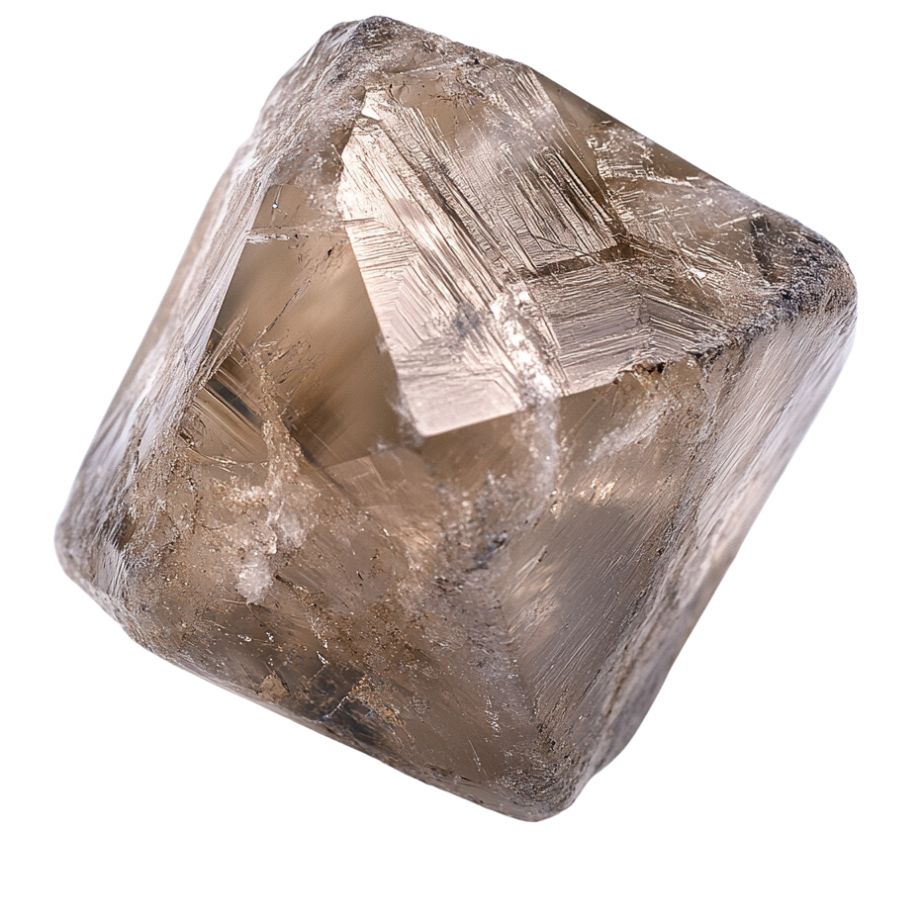
Rough diamonds typically take on an octahedral shape, which resembles two pyramids joined at the base. This shape is a result of the diamond’s cubic crystal structure.
However, not all rough diamonds will have a perfect octahedral form, as they can be distorted or irregular due to natural forces during formation.
Assess the Density and Weight
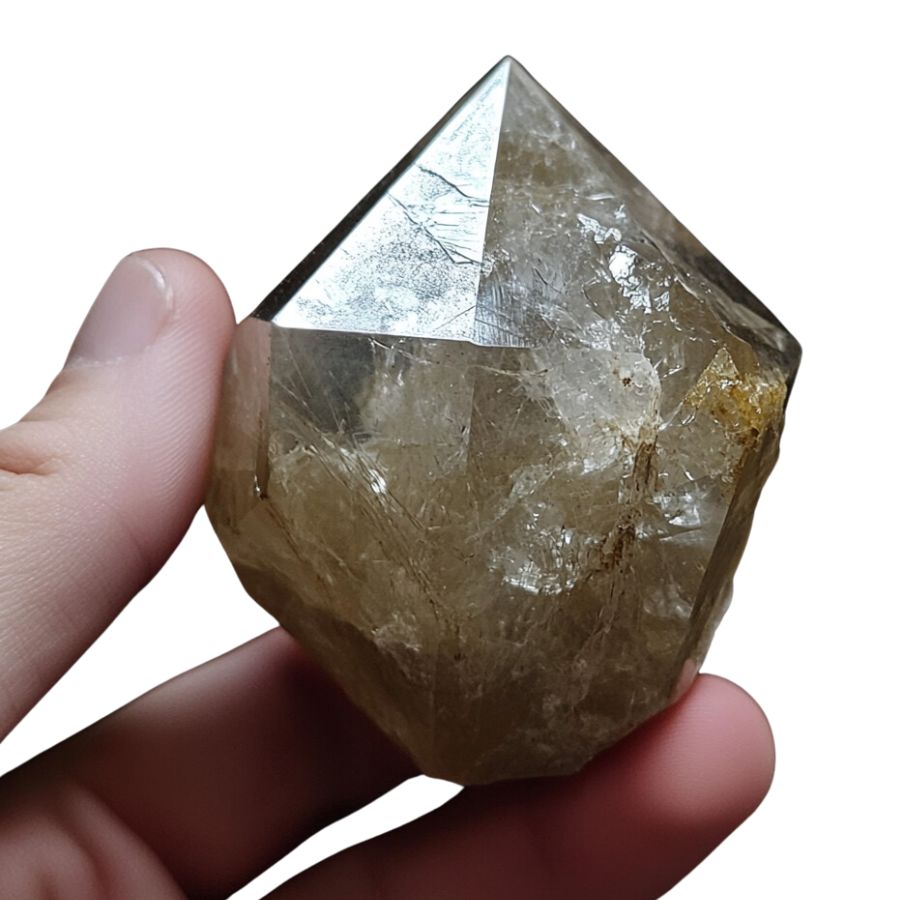
Diamonds are known for their density and weight. A rough diamond will feel heavy for its size compared to other stones.
You can test this by holding the stone in your hand and comparing it to a known non-diamond.
Look for a Crystalline Texture
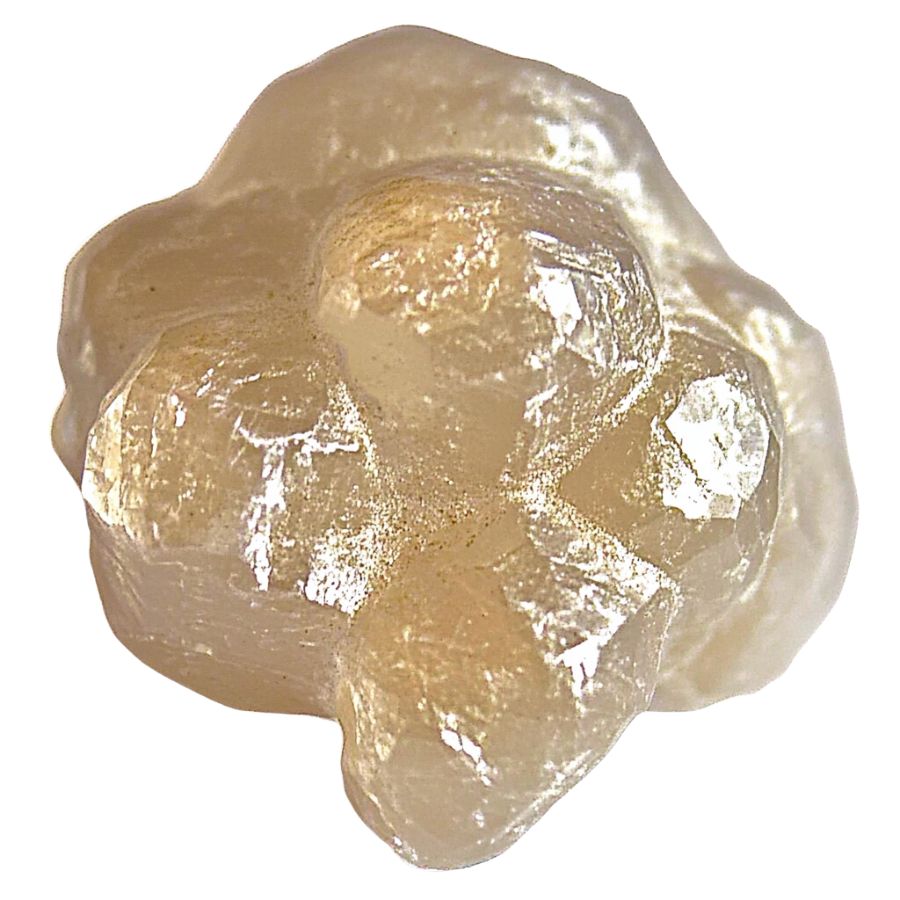
When examining a rough diamond, you may notice a distinct crystalline texture on its surface.
This is due to the diamond’s atomic structure and can help distinguish it from other minerals or synthetic stones.
A Quick Request About Collecting
Always Confirm Access and Collection Rules!
Before heading out to any of the locations on our list you need to confirm access requirements and collection rules for both public and private locations directly with the location. We haven’t personally verified every location and the access requirements and collection rules often change without notice.
Many of the locations we mention will not allow collecting but are still great places for those who love to find beautiful rocks and minerals in the wild without keeping them. We also can’t guarantee you will find anything in these locations since they are constantly changing.
Always get updated information directly from the source ahead of time to ensure responsible rockhounding. If you want even more current options it’s always a good idea to contact local rock and mineral clubs and groups
Tips on where to look
Once you get to the places we have listed below there are some things you should keep in mind when you’re searching:
Look in Sedimentary Rocks
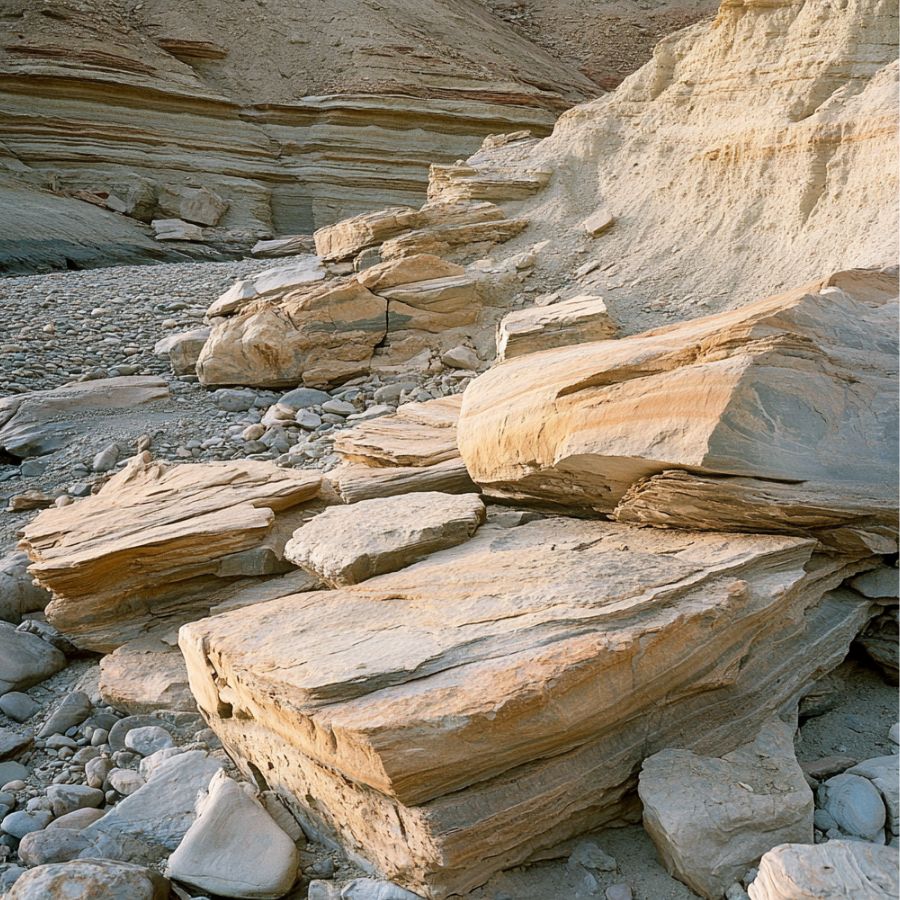
Sedimentary rocks are a great place to start. These rocks form from layers of materials that have settled over time.
Diamonds can be found in these layers. Look for areas where the rock has been worn down or eroded. This is where diamonds might be exposed.
Explore Riverbeds
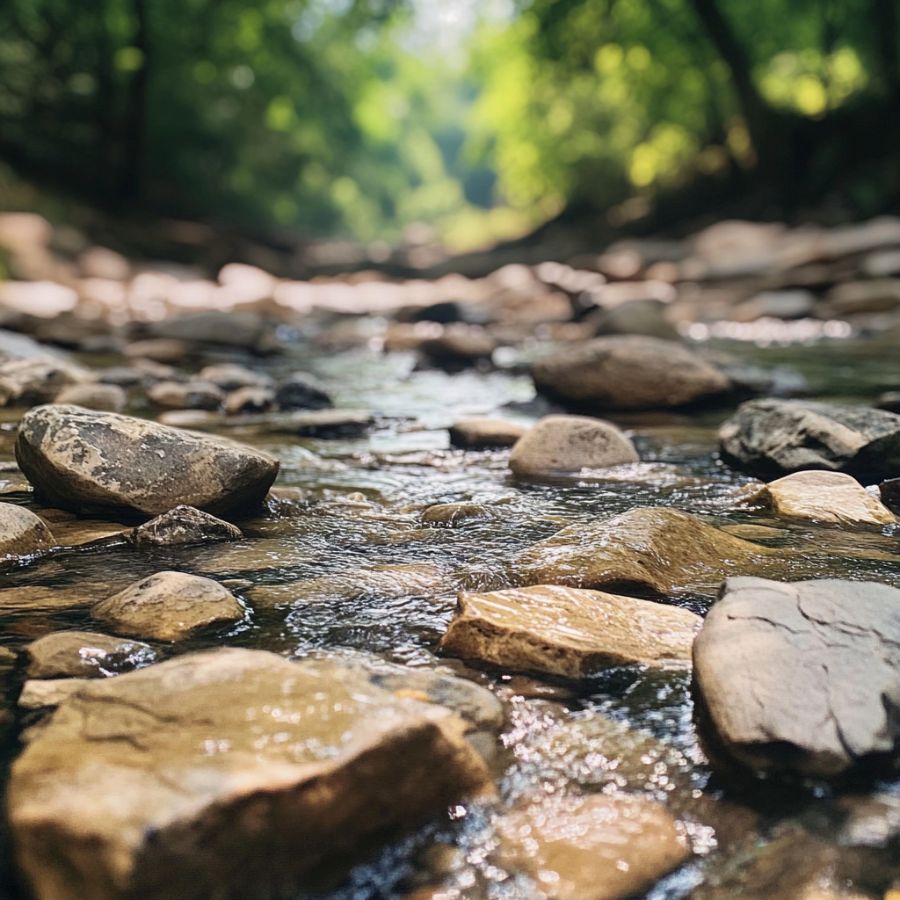
Rivers are another excellent spot. Over time, water carries diamonds downstream. Look for gravel beds in rivers. These spots can hold diamonds that have been washed away from their original location.
Pay attention to bends in the river. These areas often collect heavier materials, including diamonds.
Check Old Mining Sites
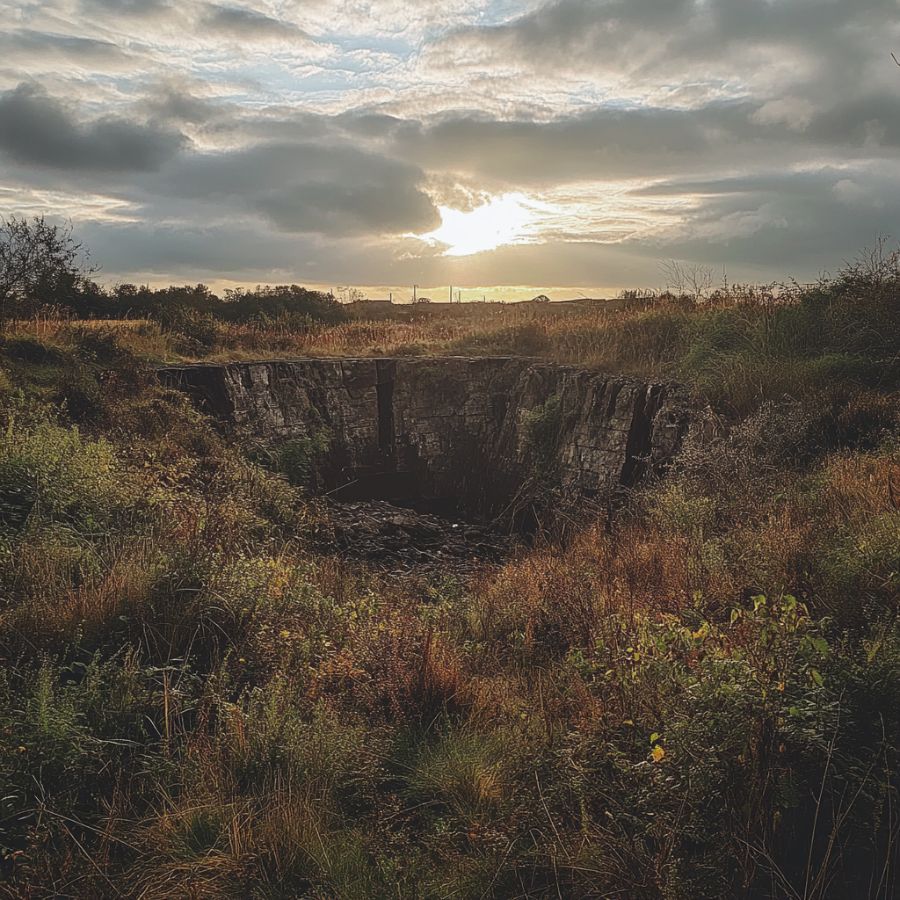
Old mining sites are worth exploring. Many diamonds were left behind during past mining activities.
Look for areas where mining was done in the past. Even if the site is no longer active, it can still be a good place to find hidden gems.
Investigate Hillsides
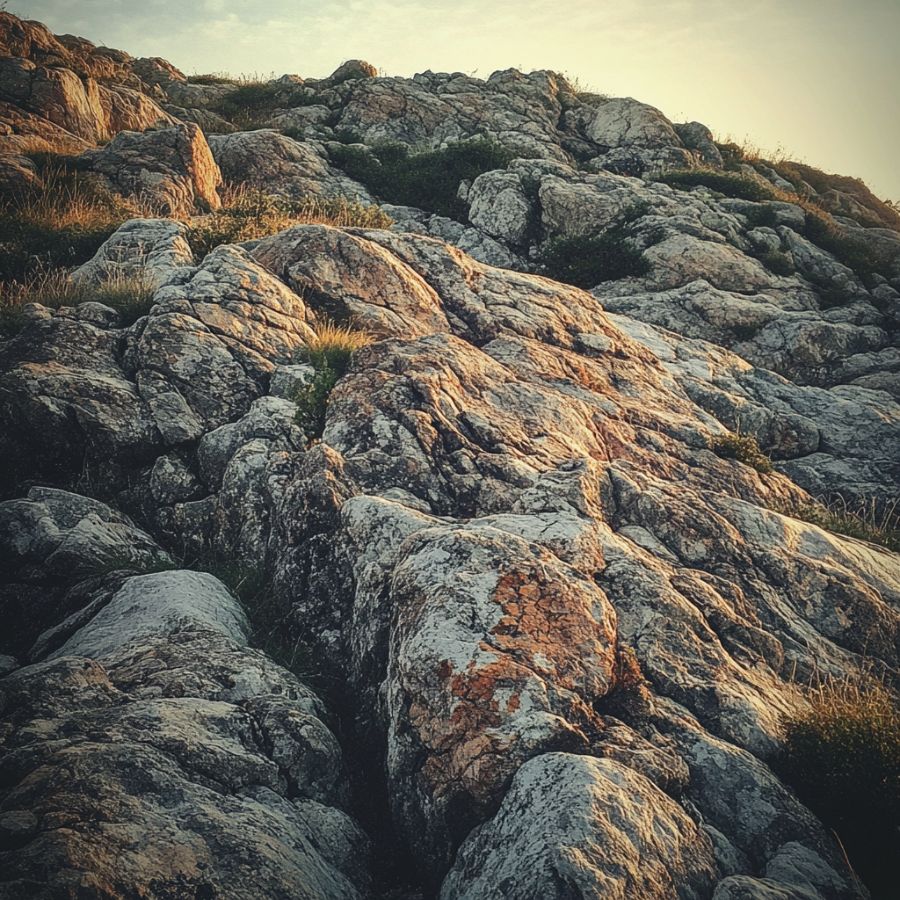
Hillsides can also be promising. Erosion can expose diamond-bearing rocks. Look for loose soil or rock on slopes.
These areas may reveal diamonds that have been pushed to the surface over time.
The types of Diamond you can find around the state
Indiana is known for its rich geological history, which has led to the discovery of various gemstones, including diamonds. The diamonds discovered in Indiana are primarily brown, yellow, and pink, with yellow diamonds being the most common.
Brown diamonds, often referred to as “champagne” diamonds, are characterized by their earthy tones, while pink diamonds, which are rare in the state, are highly sought after for their unique coloration and beauty.
Most diamonds found in the state exhibit a yellowish hue, with a few rare examples displaying a pinkish tint.
Some Great Places To Start
There are several excellent locations in Indiana where you can begin your search for diamonds. Here are some of the better places in the state to start looking:
Peru area
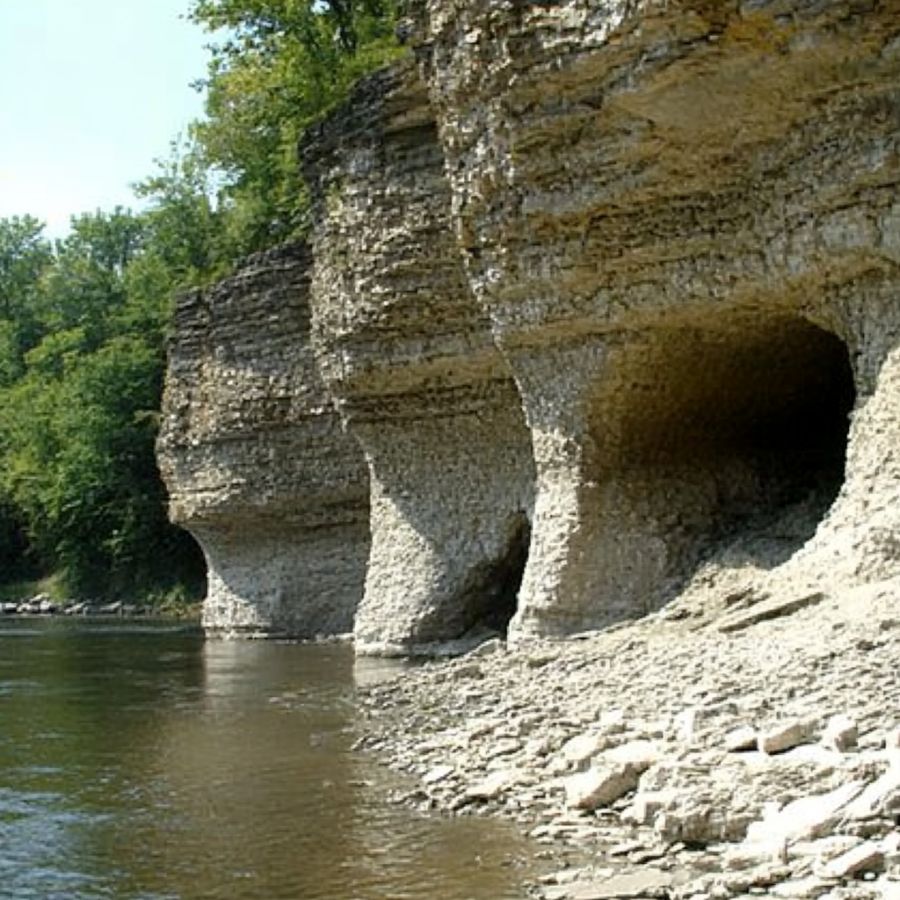
Located in the northern part of Indiana, the Peru area in Miami County is an intriguing spot for gemstone enthusiasts. It is located along the banks of the Wabash River and is known for its flat to gently rolling terrain.
Historically, diamonds have been found here, with notable discoveries in 1938 and 1949, making it a significant location for diamond hunting.
The geological landscape of the Wabash River Valley features sedimentary deposits of limestone, shale, and sandstone, offering unique opportunities for rockhounding.
The best places to search for diamonds are along the riverbanks and gravel bars, where morainal deposits may reveal hidden gems.
Sycamore Creek
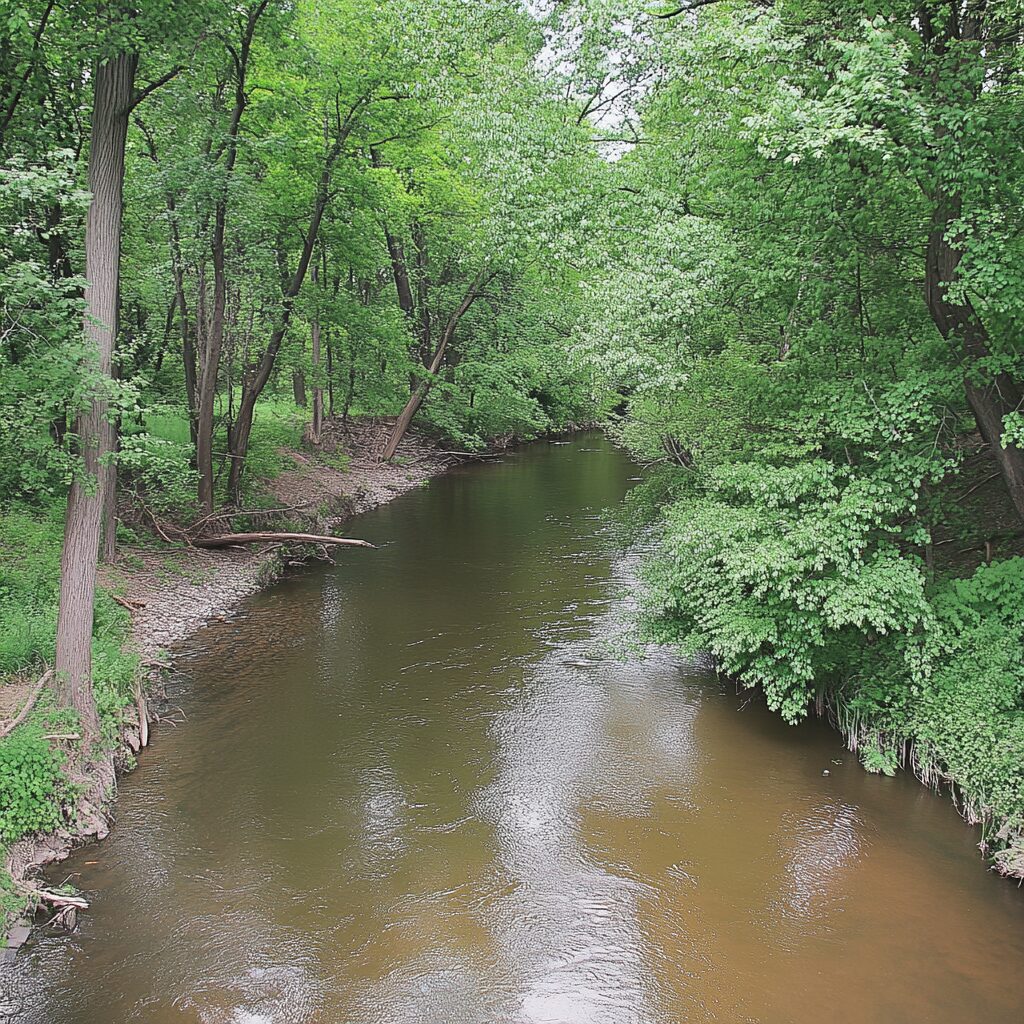
Sycamore Creek, located in central Indiana, is a hidden gem for diamond enthusiasts. This picturesque stream flows through the rolling hills and farmland near Morgantown in Morgan County.
Sycamore Creek is situated atop ancient Paleozoic rock formations, including limestone and shale deposits. These sedimentary rocks formed millions of years ago, could potentially contain rare diamond deposits.
Rockhounds should focus their search on gravel bars and creek beds, where diamonds may have settled over time.
Becks Grove Area
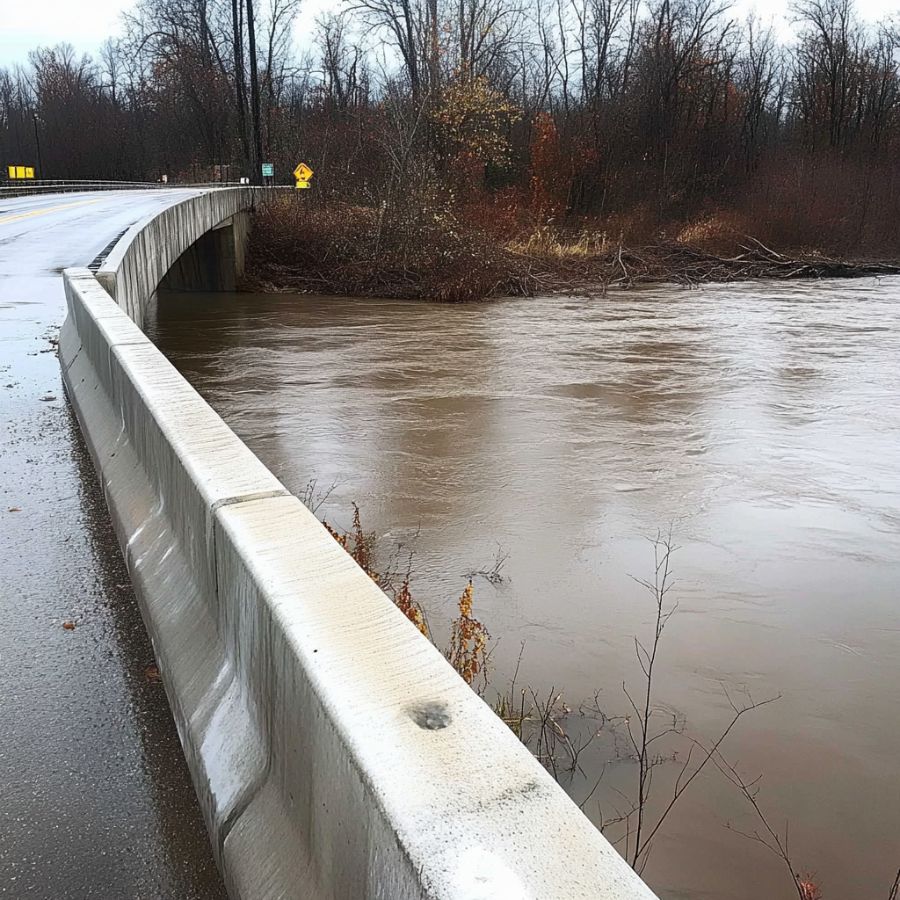
Becks Grove Area is located in the southern part of Indiana. It is just one mile south of Salt Creek, this picturesque region features rolling hills and lush forests, characteristic of the area’s natural beauty.
Historically, eight diamonds have been discovered here, showcasing its potential for serious gemstone hunters.
The unique geology of the Becks Grove Area includes sedimentary deposits along the banks of Salt Creek, a tributary of the East Fork of the White River.
This environment creates ideal conditions for finding diamonds, often located in gravels and creek beds. The combination of erosion and water flow helps to expose these precious stones, making it a prime spot for treasure seekers.
Gold Creek
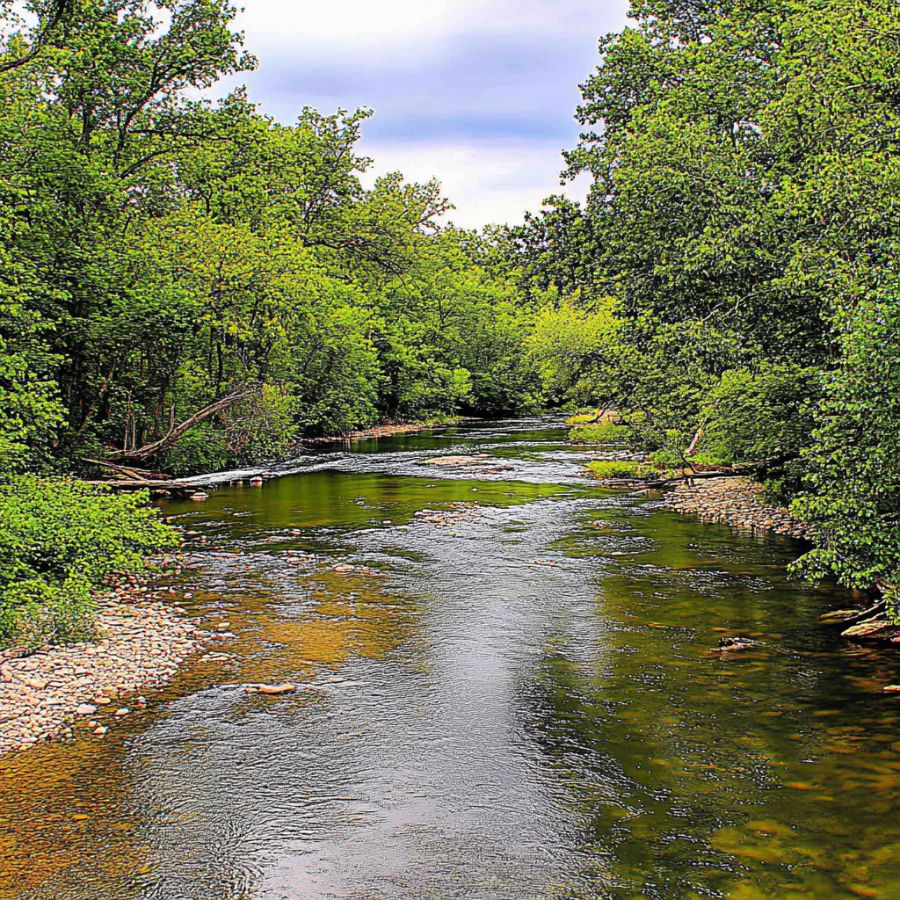
Gold Creek is situated in the heart of Indiana. Located near Morgantown, this picturesque stream is shaped by glacial till deposits, which can offer a variety of minerals and stones.
Indiana is known for its glacial deposits, which can sometimes contain a variety of minerals and semi-precious stones including garnet, topaz, turquoise, zircon, and corundum (sapphires) brought down by glaciers from the north.
The creek’s gravel beds and banks are prime spots for rockhounding. After a rainstorm, the flowing water often shifts materials, revealing hidden gems in the gravel.
Belmont Area
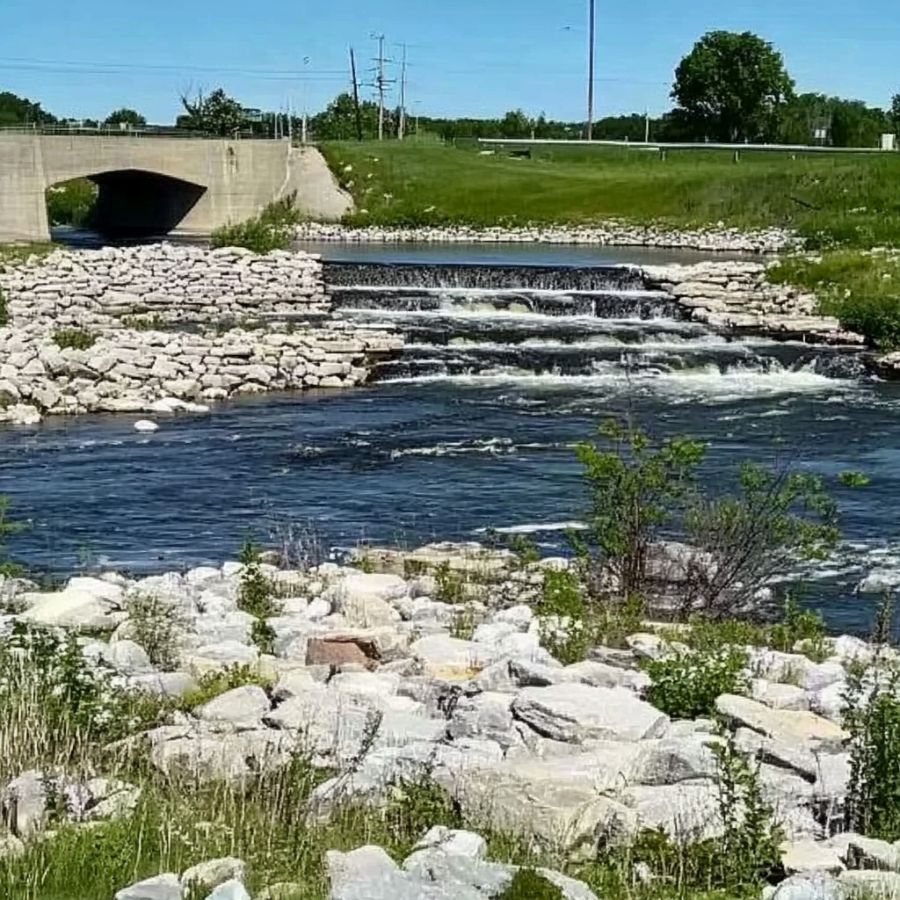
The Belmont Area is situated in the southwestern part of Brown County, known for its scenic drives along the Crooked Creek Loop and abundance of natural beauty.
This region offers a mix of paved and gravel roads, providing easy access to explore the creeks and hiking trails where diamonds may potentially be discovered. The area has yielded five diamonds, showcasing its potential for finding these precious stones.
The best times of the year to visit the Belmont Area in Brown County, Indiana for gemstone hunting are during the spring and fall months.
The creek beds and gravel deposits in the Belmont Area and along the Crooked Creek Loop are prime spots to hunt for a variety of stones and minerals.
Always Confirm Access and Collection Rules!
Before heading out to any of the locations on our list you need to confirm access requirements and collection rules for both public and private locations directly with the location. We haven’t personally verified every location and the access requirements and collection rules often change without notice.
Many of the locations we mention will not allow collecting but are still great places for those who love to find beautiful rocks and minerals in the wild without keeping them. We also can’t guarantee you will find anything in these locations since they are constantly changing.
Always get updated information directly from the source ahead of time to ensure responsible rockhounding. If you want even more current options it’s always a good idea to contact local rock and mineral clubs and groups
Places Diamond has been found by county
Following our discussion of the top selections, we would like to highlight the other destinations on our list. Below, you will find a table of these additional locations, organized by county:
| County | Location |
| Brown | Gravels of Lick Creek |
| Morgan | Gravels in Martinsville Area |
| Morgan | Highland Creek |
| Morgan | Clark Cook Farm |
| Morgan | Gross Creek tributary in Mahalasville Area |

